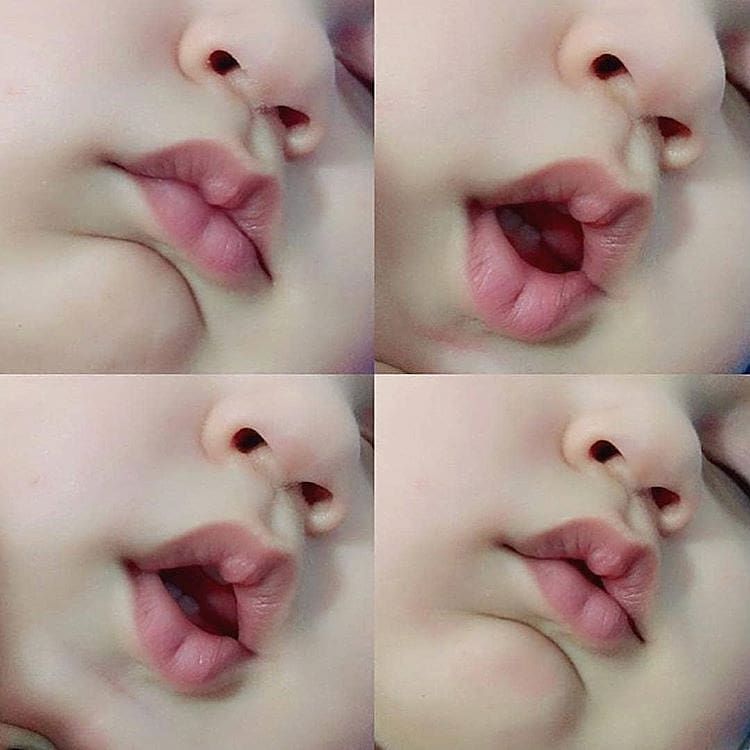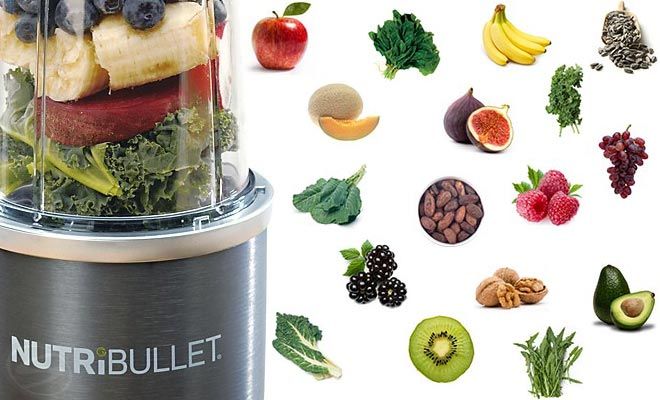Baby lip blisters from feeding
Newborn Care – Mouth - Philadelphia FIGHT
Dental Care
It’s important to brush teeth as soon as they come out. Please click here for more information:
Sucking blisters
Tiny blisters can appear on your newborn’s lip after several days. This is usually caused by friction from sucking during feedings. The blisters will normally resolve within a few days or weeks.
Signs & Symptoms
- Small blisters on the top and/or bottom lip
- Usually painless
Treatment
These blisters do not require treatment and will usually resolve within a few days to a few weeks. If blisters continue to form after several weeks, your newborn may have a latching issue, causing them to latch on to the nipple with their lips.
Tips to establish good latching
- Touch the nipple to your baby’s lips to encourage them to open their mouths.
- When your baby’s mouth is wide open, with their chin lowered and tongue down, place the nipple in their mouth, turned up toward the roof of the mouth.
- Other conditions such as tongue-tied and lip-tied conditions may also impact your baby’s ability to properly latch, leading to more blistering.
Tongue tie is a condition where the lingual frenulum, the flap of skin connecting the tongue to the bottom of the mouth, is shorter or thicker than usual, which can cause issues with tongue movement.
Signs & Symptoms
- Difficulty when trying to lift or move the tongue.
- May appear heart-shaped or misshapen
- Difficulty with feeding
Treatment
If the tongue tie is minor, no intervention may be necessary. Often, a minor procedure called a frenotomy is performed to divide the tongue tie. The procedure is usually painless and only takes a few minutes.
Lip tie, similar to tongue-tie, is a condition where the flap of skin connecting the lip to the top of the gums (frenulum) is too short or tight, limiting the range the lip can move.
Signs & Symptoms
- Difficulty latching during feeding
- Limited movement of upper lip
- May appear misshapen
Treatment
Minor lip tie does not usually require intervention, though certain techniques help loosen the lip tie including gently sliding a finger along the top of the baby’s lip. A minor procedure called a frenotomy may be performed to separate the frenulum. A small cut is made in the frenulum to allow for greater movement.
This is a very common condition in newborn babies. These are small, whitish-yellow cysts that can be found in several areas of the mouth. They are caused by tissue becoming trapped during normal development. The cysts have different names depending on their location.
Signs & Symptoms
- Small, firm whitish-yellow cysts
- Referred to as Epstein’s Pearls when found on the roof of the mouth (palate)
- Referred to as Bohn’s Nodules when found on the gums
- Painless
Treatment
There is no treatment needed for gingival cysts. The cysts will usually resolve within 1-2 weeks as the friction from breastfeeding or bottle feeding will help quickly break down the bumps.
The cysts will usually resolve within 1-2 weeks as the friction from breastfeeding or bottle feeding will help quickly break down the bumps.
Thrush is an oral yeast infection. It is very common in newborns. Most people have the fungus that causes this condition in their mouths and digestive systems, but our bodies normally control it. A newborn’s immune system is still immature, so the fungus can end up overgrowing and causing the infection.
Signs & Symptoms
- Cracked skin in the corners of the mouth
- White patches on the lips, tongue, or inside the cheeks
- Cottage cheese appearance
- Cannot be easily wiped away
Treatment
Thrush can clear up on its own, usually in 1-2 weeks. Your doctor may choose to prescribe an antifungal solution that you will apply to the inside of the mouth and tongue.
Prevention
- Make sure you thoroughly clean all nipples and pacifiers in hot water after each use.
 In addition, store milk and prepared bottles in the refrigerator.
In addition, store milk and prepared bottles in the refrigerator. - If you are breastfeeding and your nipples become red and sore, you may have a yeast infection on your nipple. If this is the case, talk to your doctor. They may prescribe a topical cream for you
How to Treat Blisters on Your Baby’s Lips
Written by WebMD Editorial Contributors
In this Article
- Causes of Blisters on Your Baby’s Lip
- Signs of Blisters on Your Baby’s Lips
- Treatment for Blisters on Your Baby’s Lips
- When Blisters Are an Emergency
Sometimes your baby can get blisters on their lips. This can be caused by simple things like learning how to breastfeed or it can be a sign of an infection. There are things you can do to make sure your baby is comfortable and healing.
Causes of Blisters on Your Baby’s Lip
A blister is a raised bump on the skin that’s filled with fluid. The skin is tender and can hurt if it’s pressed or broken open, which can make your baby grouchy.
Babies can get breastfeeding blisters on the inside of their lips. The sucking action can cause a callus on the skin. Sometimes babies are born with these blisters if they sucked their fingers in the womb.
Cold sores cause blisters on the lips. Cold sores, sometimes called a fever blister, can show up on your baby’s lip and are caused by the Herpes simplex 1 virus. If you have an active sore, you should keep it covered and don’t kiss your baby as you can pass the virus to them. A herpes infection can be very dangerous for newborns.
Blisters can sometimes be an allergic reaction. Your baby could be allergic to ingredients in lotions, creams, or lip balm used on or near the lips. If your baby gets blisters after you introduce a food, they might have a food allergy.
Impetigo is an infection caused by Staphylococcus or Streptococcus bacteria that causes blisters on the lip and around the mouth. They can burst and leak fluid, and then a crust forms over top. They can also look like larger, clear blisters full of fluid that don't burst.
They can burst and leak fluid, and then a crust forms over top. They can also look like larger, clear blisters full of fluid that don't burst.
Oral thrush causes white blisters on your baby’s lips. The white patches are also inside the mouth on the tongue, cheeks, and roof of the mouth. They look like cottage cheese or milk and can make it hurt to suck or swallow. This is caused by an overgrowth of yeast.
Signs of Blisters on Your Baby’s Lips
A blister is a raised bump on the skin full of clear liquid. It can break and leak, and the skin can be sore. This can cause your baby to have trouble eating or to be grouchy because it hurts.
If blisters are caused by learning how to breastfeed or from sucking, there might not be any other symptoms, though.
If your baby's blisters are caused by an infection, they might have other symptoms. These include:
- Fever
- Pain
- Tiredness
- Smelly fluid leaking from the blister
- White patches or white blister
- Crusted skin
- Swelling
- Soreness
- Blisters that spread
Treatment for Blisters on Your Baby’s Lips
Treatment for your baby’s blisters depends on the cause.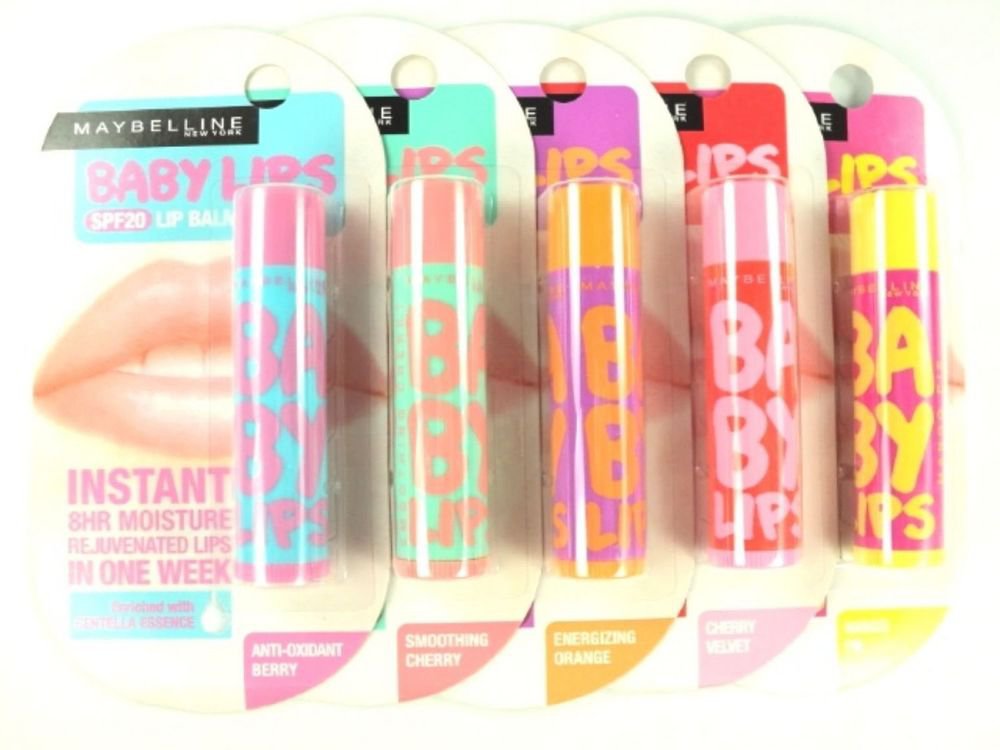 Breastfeeding blisters or sucking blisters will go away on their own and don’t need treatment.
Breastfeeding blisters or sucking blisters will go away on their own and don’t need treatment.
You should keep feeding your baby as usual and talk to a lactation consultant who can help you get a good latch. When your baby gets used to the sucking motion, the blisters will clear up. Sometimes this can take a few months.
Once your baby has the virus, cold sore blisters will come and go as they get older. There is no cure for cold sores. You can help your baby by protecting their skin with lotion, sunscreen, and lip balm before going outside. Some treatments can help make your baby feel better while they have an active cold sore.
These include:
- A cool or warm washcloth to help with pain
- Regular feedings to stay hydrated
- Avoiding acidic foods like citrus fruits and tomatoes if your baby is eating foods
- Pain relievers
- Over-the-counter cold sore lip balms or creams for kids
If your baby has impetigo, your doctor will give you antibiotic cream to treat the infection.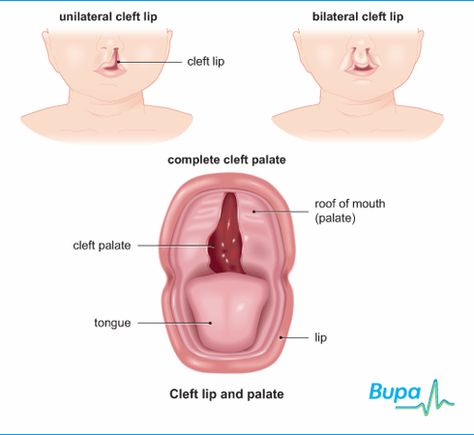 If the infection is also around the mouth, your doctor might suggest that you use a bandage to stop the bacteria from spreading.
If the infection is also around the mouth, your doctor might suggest that you use a bandage to stop the bacteria from spreading.
Thrush can be treated with antifungal medicine that is painted on your baby’s tongue and lips. If you breastfeed your baby and you have sore and red nipples, you might also have thrush. You can pass the infection back and forth between you and your baby, so you will need to put the medicine on your nipples, too. If your baby is old enough, you can also give them probiotic yogurt. You might need to sterilize soothers, teething toys, and bottles.
In general, if your baby has blisters on their lips, make sure to:
- Keep the skin clean and dry
- Keep feeding them as usual
- Give them lots of fluids
- Watch for changes in the blisters and how your baby feels
When Blisters Are an Emergency
Sometimes blisters on your baby’s lips can be a sign of something more serious. See your doctor if your baby has blisters and the following symptoms:
- Stops breastfeeding, feeding, or drinking fluids
- Sores near their eyes
- Red, hot, swollen skin
- Seizures
- High fever
- Spreading sores
- Trouble breathing
- Fast breathing
- Grunting
- Blue skin
- Short periods of no breathing
- Yellowing skin or eyes
- Bleeding
- Rash
symptoms, causes and treatments
Parents who are just beginning to learn all the intricacies of raising young children often show great concern for their child. This is especially noticeable during the appearance of changes incomprehensible to them on the child's body.
This is especially noticeable during the appearance of changes incomprehensible to them on the child's body.
It is easy to imagine the horror of a young inexperienced mother who discovers a blister on her baby's lip. In order to accurately diagnose, it is better to consult a doctor, however, and parents can do the following: examine the child's oral cavity and the transparent blisters themselves on the inside of the baby's lip. nine0003
- Callus on the lip of the baby
- Is there any reason to worry about the child?
- Other causes of blisters on the lip of a newborn
- Symptoms and treatment of herpes in a newborn
- Symptoms and treatment of stomatitis in a baby
Calluses are familiar to any adult, some have them after physical work, and women often with them collide when breaking in shoes. However, the callus on the lip of a newborn raises a completely logical question: “Where can it come from?”. The main reason for the appearance of blisters on the lip in a newborn is the same as in adults - friction. nine0003
nine0003
A baby's lip may develop blisters just a few days after birth and remain until they are switched to regular food.
Baby calluses are watery blisters containing a colorless liquid.
A large number of mothers are familiar with this phenomenon. This is explained very simply, the delicate skin on the inside of the lips of a baby is rubbed during feeding. Due to the absence of any nerve endings in this place, the baby does not experience discomfort. nine0003
On average, blisters on the lip of a newborn disappear on their own in about 5-10 days. The reason for the appearance of such formations is too intense sucking during meals. As the observations of therapists show, if a baby has such blisters, it means that he has an excellent appetite. This is some consolation for parents.
This callus does not cause any discomfort to the baby.
However, you must observe the following rules:
- It is impossible to fight this, because it is impossible to explain to the baby that the nipple must not be pressed strongly against the tongue; nine0008
- Removal is also not recommended, as an infection can enter through the wound.
 If this happens by accident, it is recommended to lubricate the damage site on the inside with hydrogen peroxide. Experience shows that everything heals within a couple of hours;
If this happens by accident, it is recommended to lubricate the damage site on the inside with hydrogen peroxide. Experience shows that everything heals within a couple of hours; - You can try to cope with this trouble yourself. To do this, moisten a sterile bandage with a solution of baking soda, which must be diluted in water. The resulting mixture wipes the places with plaque. You need to repeat the procedure a couple of times a day. You also need to disinfect everything that touched the mouth: nipples, bottles, toys and even breasts. nine0008
Exploring the outside world, the baby is exposed to the same dangers as adults. Therefore, if you notice a manifestation of increased anxiety in a baby or he began to eat poorly, this should increase your level of attention. After examining the oral cavity, the mother should pay attention to the condition of the rashes.
If there is a thick yellow substance in the bladder, and swelling and redness are visible along the contour, this can be either stomatitis or herpes.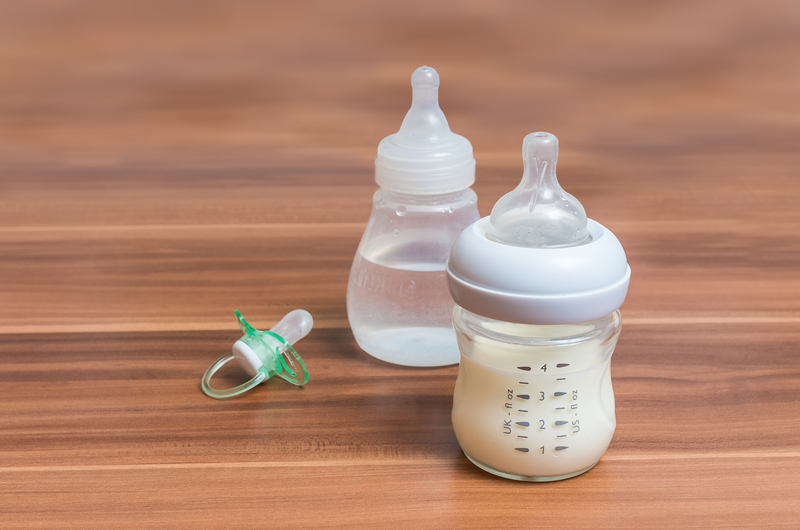 These are quite serious diseases for a small organism, so they cannot be ignored. nine0003
These are quite serious diseases for a small organism, so they cannot be ignored. nine0003
Let's take a closer look at important information about these diseases.
- Babies have almost no contact with people and therefore most often get this infection from their young parents. It is adults who do not adhere to the necessary safety measures when communicating with babies and reward them with this problem.
- If the infection comes through the mother's milk, it is easily cleared up thanks to the antibodies that enter the body, bodily infection is much more serious. This is due to the fact that the baby's immune system is still very weak and a small problem can lead to serious damage to the young body. nine0008
Blisters on the inner lip of a child, like symptoms of herpes, are already visible 2-3 days after infection.
- Bubbles appear with liquid inside.
- Herpes can be accompanied by swelling, redness and even burning.
- After the growth bursts, an ulcer appears in its place, which, unfortunately, takes a long time to heal.

Treatment is carried out in a complex and using means of local action on rashes and the simultaneous use of antiviral therapy. Treatment should take place under the supervision of a pediatrician, who must prescribe a special ointment. Additionally, you can use decoctions and solutions that will help dry the rash. If the temperature rises, it is allowed to take antipyretics. nine0003
If the blister looks like a sore, it may be a symptom of common stomatitis. Another feature of this disease is the spread of inflammation to the surface of the cheeks, gums, tongue, palate and lips. Sometimes neglect of the condition comes to a slight bleeding.
In infants, stomatitis can occur due to various problems: poor hygiene of the baby, medication, allergies or infection. This problem can occur at any age.
Symptoms of stomatitis are:
- high temperature;
- excited state;
- blisters in the mouth;
- swollen gums;
- bad breath.
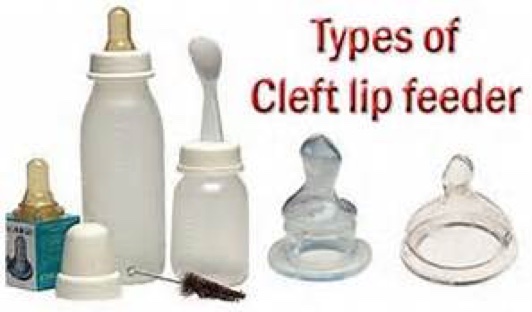
This disease requires immediate treatment in the presence of a doctor. An accurate diagnosis can only be made after testing.
The first step is to determine the cause of stomatitis with the help of a pediatrician, as these can be the first signs of many serious diseases.
Regardless of the type of disease, it is important to maintain oral hygiene and apply topical medications. It is important to drink enough fluids. nine0003
All of the above confirms once again that the great concern of parents exceeds the size of the problem. If the cause of blisters in the mouth is infectious, just see a doctor. If the cause of the problem is active sucking, rejoice in the good appetite of the baby!
Please leave your feedback on this material. We'd love to hear from you! On our resource, you can learn many more useful and interesting things for you. Found a mistake in the text, write to us! Thank you for your attention to our site and this material! nine0003
The materials posted on this page are for informational purposes and are intended for educational purposes.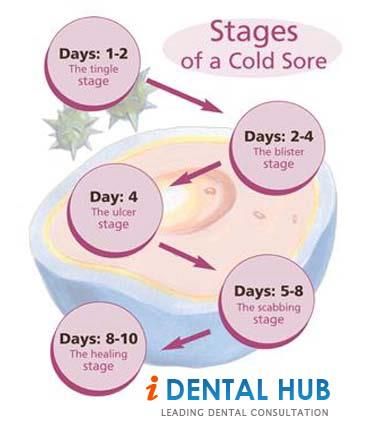 Site visitors should not use them as medical advice. Determination of the diagnosis and choice of treatment method remains the exclusive prerogative of your attending physician.
Site visitors should not use them as medical advice. Determination of the diagnosis and choice of treatment method remains the exclusive prerogative of your attending physician.
Ask a question
Why does a baby have a corn on the lip and what to do with it
Newborn babies often cause anxiety and bewilderment even among experienced parents. The baby cannot tell about his condition, which causes him discomfort, where it hurts, why he can’t sleep at night, and strange spots suddenly appeared on his skin. Or maybe the reason for the loss of appetite and restless sleep is this small bubble on the lip? MedAboutMe talks about the common occurrence of callus on the lips of newborns, whether and how to take care of it, as well as how to distinguish physiological manifestations from the symptoms of diseases, such as stomatitis and herpes. nine0003
Feeding a 4-5 year old child: basic rules
How many times a day should a 4-5 year old child eat? Portion sizes, basic features of the diet of a younger preschooler.
Why do corns appear on the lips of babies?
Calluses on the skin are of two types, depending on the density and condition of the "crust", the epithelium layer that covers them. In the first stage, a callus is an accumulation of a clear liquid under the skin, provoked by friction and injury to this part of the body. The breast is no exception. nine0003
A baby born into the world has delicate skin, thin skin, sensitive to any impact. And the skin on the lips, initially thinner, reacts much faster to friction and any impact than elsewhere. Since newborns feed only by suckling, except on rare occasions when medically indicated otherwise, it is not surprising that the skin of the lips is very often in contact with other surfaces - the mother's breast, bottle nipple and / or pacifier, which contributes to the formation of calluses. nine0003
Most often, this watery vesicle is a wet form of corn, sometimes covered with a dense crust and turning into a dry one. The time of appearance of corns is 2-3 weeks after birth, most often at the end of the neonatal period (10 days after birth). This is due to the beginning of active nutrition, the end of the first stage of adaptation, as well as the development of the correct grip on the chest, which is not immediately obtained by babies. You can often hear from pediatricians that the appearance of such a callus is a sign of a healthy appetite in a baby. nine0003
The time of appearance of corns is 2-3 weeks after birth, most often at the end of the neonatal period (10 days after birth). This is due to the beginning of active nutrition, the end of the first stage of adaptation, as well as the development of the correct grip on the chest, which is not immediately obtained by babies. You can often hear from pediatricians that the appearance of such a callus is a sign of a healthy appetite in a baby. nine0003
Newborn corns may disappear and reappear after a while. There are cases when a similar phenomenon could be observed in children of one and a half to two years, which is also within the normal range for a breastfed child, provided that the sucking process is not accompanied by pain in the mother, does not cause discomfort to the baby, and there is no effect of swallowed air and the baby quickly eats up, that is, the movements during sucking are correct.
If a corn on the lip is observed in an older child who is bottle-fed, it is worth reviewing the material of the bottle nozzle. Also, such a bubble may be the result of excessive use of a pacifier, especially an age-appropriate shape and size. nine0003
Also, such a bubble may be the result of excessive use of a pacifier, especially an age-appropriate shape and size. nine0003
Should I treat or try to remove a corn on my lip? All experts are categorically against such an intervention: traumatization, possible infection and discomfort of the child are the result of the efforts of parents who are overly worried about this physiological phenomenon.
This type of callus does not cause inconvenience to the child, it goes away on its own as the sucking skills are mastered or the material of the nipple on the bottle changes, and the amount of time that the pacifier spends in the mouth decreases. nine0003
If the vesicle burst and / or an infection has joined, the injury site is treated with solutions of chlorhexidine or hydrogen peroxide until the signs of the inflammatory process disappear. This place does not require any more maintenance.
Differentiation of callus and herpes on the lips
Herpes on the lips is a manifestation of the activation of the most common type of human herpes virus in the body.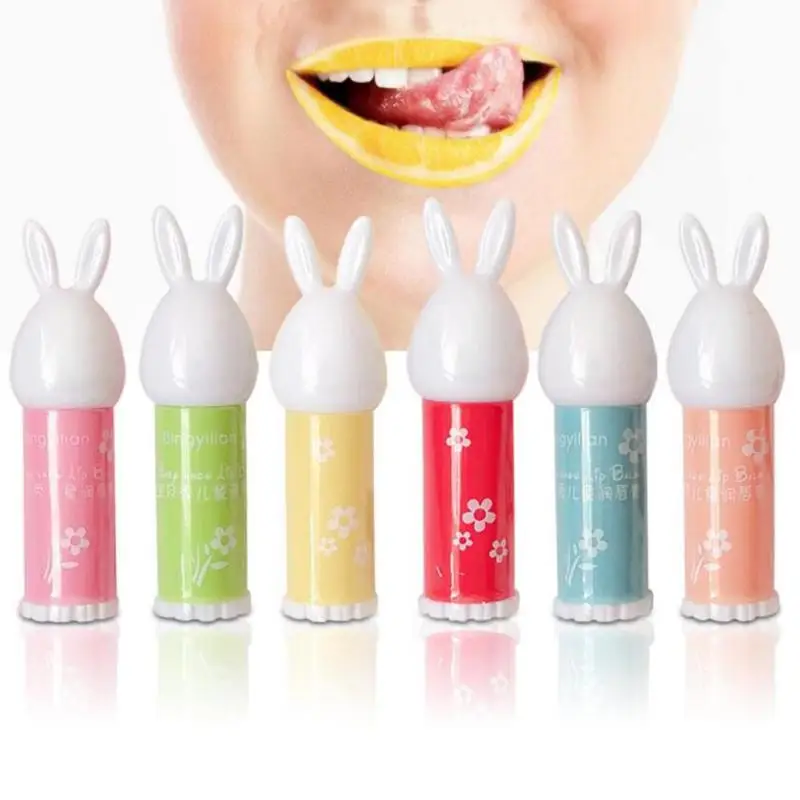 The baby can be infected in utero, during the passage of the birth canal, if the mother has type 1 genital herpes virus, and also become infected after birth, especially when kissing the lips, hands (if the child sucks her fingers), licking the nipple on a bottle, pacifier. nine0003
The baby can be infected in utero, during the passage of the birth canal, if the mother has type 1 genital herpes virus, and also become infected after birth, especially when kissing the lips, hands (if the child sucks her fingers), licking the nipple on a bottle, pacifier. nine0003
Such contacts should be carefully avoided, even if an adult does not have pronounced symptoms of herpes on the lips, the virus may be present in saliva, remain on the skin of the hands with secretions.
Herpes for young children is a dangerous disease that threatens not only with rashes, but also with severe complications, sometimes leading to death. It is not difficult to distinguish the manifestations of herpes on the lips from corns: this is a vesicle, usually not one, causing discomfort, the skin on it at the beginning is not thinned, like on corns, and with the development of the disease, herpes vesicles are replaced by a wound. nine0003
In case of any manifestations of herpes in a baby, it is necessary to contact a pediatrician to prevent possible complications.
Stomatitis in a small child
In some cases, a watery vesicle accompanies a disease such as stomatitis. It is caused by a fungal infection, candida, and frequent symptoms of the disease are a whitish coating on the oral mucosa: the inner surface of the cheeks, gums, tongue, signs of inflammation (redness of the mucosa under plaque). Sometimes this picture is complemented by watery neoplasms on the lips, which are also signs of stomatitis. nine0003
When diagnosing, it is necessary to distinguish plaque caused by stomatitis from traces of milk in the mouth after sucking, not all whitish marks on the tongue and gums of the baby are a symptom of infection. However, with this disease, the child experiences significant discomfort due to the inflamed oral cavity, causing pain when sucking and irritation at rest.
Children become moody, refuse breast or bottle, solid food. Stomatitis may be accompanied by an increase in temperature to subfebrile indicators.